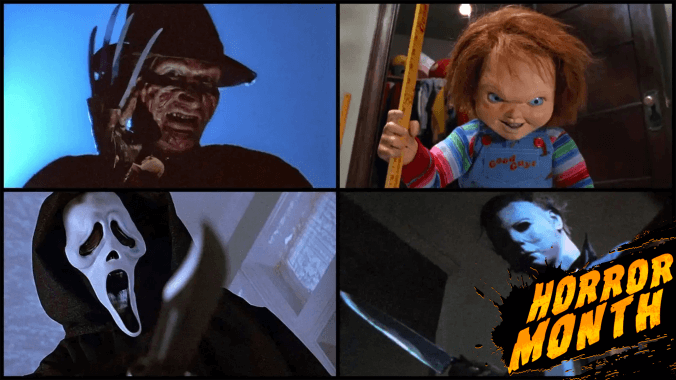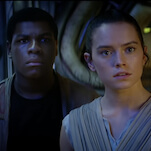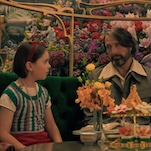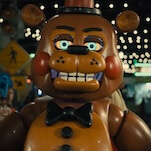The 20 greatest slasher horror movies of all time
From Halloween to A Nightmare On Elm Street and Scream to Pearl, we rank the best films of horror's undying subgenre

One of horror’s longest running and most popular subgenres, slasher films testify to our enduring appetite for chills, thrills, and the iconic characters who’ve become part of our dreams and nightmares. Though they’ve been dismissed as exploitation and “dead teenager movies,” according to Roger Ebert, these films have touched on our generational disputes, and held a mirror up to our human nature.
Each new generation of filmmakers have returned to the slasher, adding their own voices and cultural considerations, which is why the genre shows no sign of slowing down. But before we see what the future has in store for us with the upcoming Eli Roth slasher, Thanksgiving, and Amazon’s horror comedy, Totally Killer, let’s walk down memory lane—and try to ignore that shape following closely behind in the dark. Here then, are the 20 greatest slasher movies of all time.
This article originally published on March 6, 2023
-

-

-

-

-

-

-

-

-

-

-

-

-

-

-

-

-

-

-

-

-

-

-

-

-

-

-

-

-

-

-

-

-

-

-

-

-

-

-

-









































